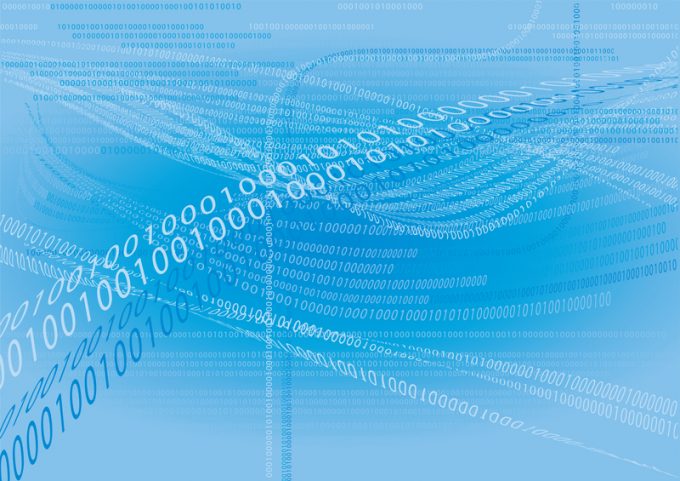Maersk appoints John Wetherell to head its global airfreight forwarding
Maersk has appointed John Wetherell (above) as its global head of airfreight forwarding. It is ...

The shipping industry is heading into a new era of transparency through digitisation, which will lead to a proactive reporting of exception incidents, industry experts told last week’s TOC Europe Container Supply Chain event in Amsterdam.
But lines will need to adopt a cooperative approach if they and their customers are to gain from the potential benefits.
James Wroe, head of marine operation in North Europe for Maersk Line, explained that the company’s recent launch of a blockchain development project with IBM would be unlikely to benefit the wider industry if other carriers were prevented from also using the ledger-style system.
“This isn’t something we see purely for Maersk. If it’s really going to work, then shippers shouldn’t have to use different solutions to ship with each provider.
“That’s the direction the industry has to go in; we are not deemed for success if we continue to lock ourselves into products and solutions that only work for one operator.
“Of course, there may be some market value in particular niches where we wouldn’t want to give it up, but if all lines take that approach to every single part of the chain then there is very little hope for initiatives such as blockchain,” he said, adding that “perhaps the alliance system allows lines to develop it better”.
However, for some the march of technology appears irresistible.
SeaIntelligence Consulting partner and chief executive Lars Jensen told delegates: “In 2025 we will have a completely different market from what we have today.
We will have full transparency, access to data, end-to-end supply chain visibility for customers; we will be able to optimise operations and will see an influx of people into the industry with completely different skill sets to what we are used to.”
However, both Mr Jensen and Mr Wroe agreed that liner companies would have to embrace digitisation because of the cost opportunities it offered, and that these benefits would also ultimately be felt by shippers and forwarders.
“We have spent the last two-three years investing heavily in the IT aspect on the vessels, allowing us to better monitor bunker consumption, of example. This is a tangible benefit for us, but it is the foundation of providing interesting innovations to customers.
“By taking the first step of getting data out of the fundamental asset components, we can take that second step to create improvements to our networks and greater visibility to shippers,” Mr Wroe said.
One example of that is the remote container management system recently made available to shippers, and Mr Wroe added that Maersk was considering applying the same technology to its dry fleet of containers.
Mr Jensen added that it was a case of “survival of the fittest”.
He said: “A decade from now companies will have their processes under control or they will not be in business, because they will have been culled as bad process management prevented them from reaching a lower cost base.
“And automation and digitisation will be widespread. But bear in mind that these two will never provide a carrier with a sustainable competitive advantage. What they will do is provide first-movers with a temporary reduction in cost. But if a process can digitised and automated, that means it will be replicated.
And, somewhat counterintuitively, that drive at automation would also increase the need for highly skilled shipping personnel, he argued.
“Automation will drive commoditisation, but the money will be in exception handling – this is an industry where there will always be exceptions. There will always be typhoons, engine breakdowns, crane malfunctions and port strikes.
“These are facts of life, and dealing with them will be where competitive advantages come in. These cannot be automated, so competition will move to this area and favour the companies able to do two things at the same time. Automate everything that can be automated and, in parallel, have an organisation of very skilled people who can deal with the exceptions, not if, but when they occur.”
Comment on this article
Luc Castera
July 13, 2017 at 7:16 pmGreat article. Lars Jensen is totally correct that in 2025 the market will be completely different than it is today and it’s very important for the industry to digitize and modernize. Our company is excited to help port terminals prepare for this future.